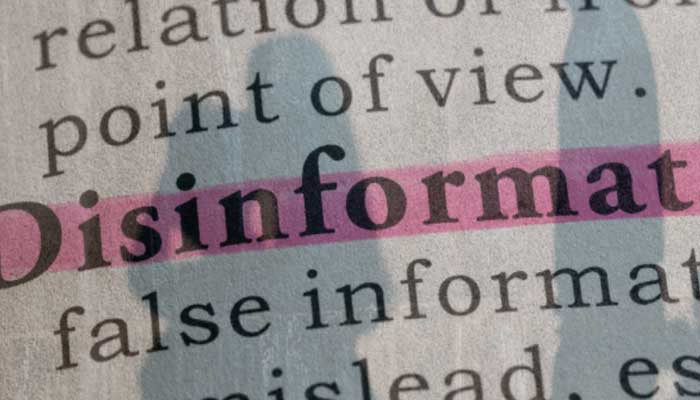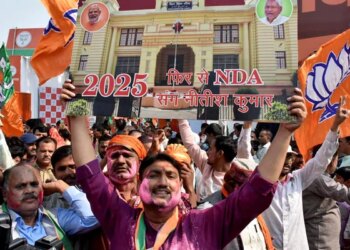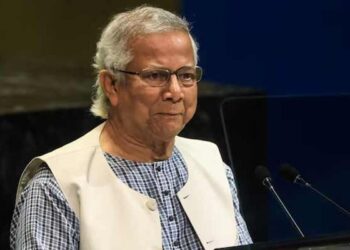Select Language:
Disinformation is rapidly becoming a controversial term in the United States—a phrase so divisive that some researchers are choosing to stop using it altogether amidst the country’s deeply polarized political environment. In a digital age rife with online deception and manipulation of information, studying disinformation has never been more vital. Yet, researchers face significant challenges, including shrinking federal funding, rising hostility, and even threats to their safety, often fueled by accusations from conservative groups claiming a liberal bias.
To navigate these tensions, some experts are adopting more neutral language—opting for terms and technical jargon that minimize controversy and keep critical conversations about internet falsehoods productive. Earlier this year, NewsGuard announced it was phasing out the use of “misinformation” and “disinformation.” The organization argued that these terms have become highly politicized, manipulated by both sides of the political spectrum and foreign actors aiming to influence domestic debates dangerously.
Instead, they renamed their “Misinformation Fingerprints” database to “False Claim Fingerprints,” striving for language that’s more precise and less susceptible to misuse. According to NewsGuard’s McKenzie Sadeghi, simple descriptors like “false claim” cut through the partisan noise, helping to clearly focus on content without triggering political reflexes or rhetorical distractions.
Historically, terms such as “fake news,” “misinformation,” and “disinformation” existed before the internet, but today they’re weaponized more than ever—used by governments and vested groups to silence dissent and hinder meaningful debate. Peter Cunliffe-Jones, author of “Fake News — What’s the Harm,” advocates for more specific terminology like “unproven,” “mislabelled,” or “fabricated” to better explain how information is misleading rather than just labeling it outright falsehoods. He believes this approach fosters better understanding and reduces disputes over misinformation.
Countries like Russia often dismiss credible Western media reports as disinformation, and some governments utilize their own fact-checking efforts—sometimes state-sponsored—to legitimize propaganda under the guise of truth. Sadeghi observes that in America’s fractured info landscape, what counts as “misinformation” or “disinformation” is subjective—one person’s truth may be another’s falsehood, allowing malicious actors to exploit this ambiguity for their gain.
The controversy intensifies as major social media platforms scale back enforcement against false content, including reducing content moderation and relying less on human fact-checkers—who often face accusations of liberal bias. Emerson Brooking from the Atlantic Council’s Digital Forensic Research Lab warns that abandoning the term “disinformation” creates a vacuum, as there’s no simple alternative to describe intentionally deceptive content. He emphasizes that recognizing the intent behind the falsehood is crucial; for example, recognizing coordinated efforts like fake accounts posting uniform false claims as disinformation campaigns.
Despite the political sensitivities, officials from the Trump administration have equated disinformation research with censorship, leading to actions such as the cancellation of numerous grants by the National Science Foundation and the closure of the State Department’s effort to combat foreign misinformation. Secretary of State Marco Rubio justified shutting down the global misinformation team, emphasizing the importance of free speech.
Brooking concludes that even with its politicization, the term “disinformation” remains valuable because it accurately describes deliberate deceptive practices. Censoring or abandoning it risk weakening efforts to understand and counter malicious online influence, especially as authoritarian regimes and malicious actors continue to manipulate information worldwide.






